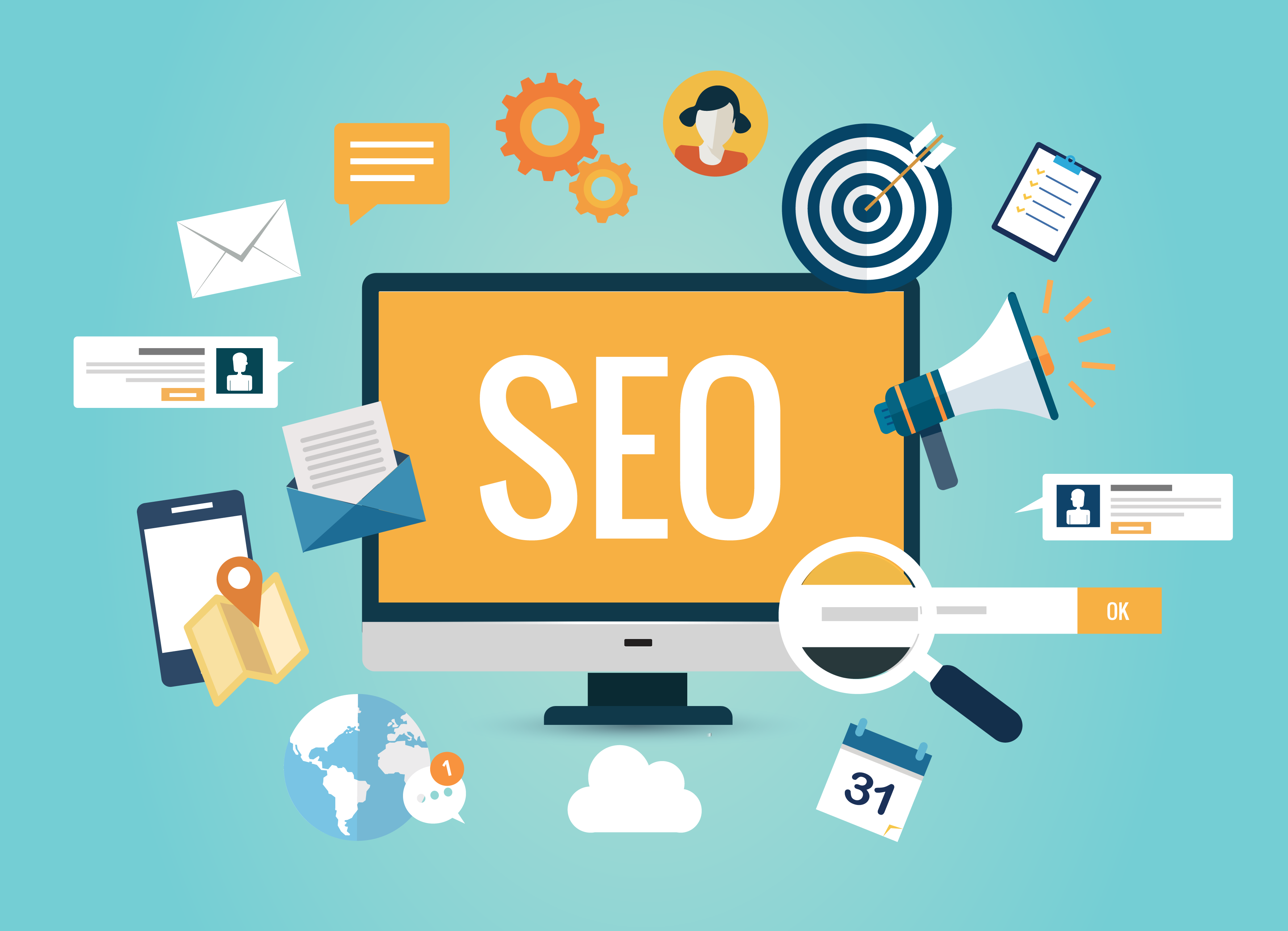Web design is the process of creating websites that work across a variety of devices. This includes desktop computers, tablets, and mobile phones.
A well-designed website will help customers find the information they need and build trust in your business. A professional web designer can help you create a site that represents your brand consistently across devices.
Typography
Typography is one of the most important parts of web design. It creates a hierarchy of messages on your website and ensures that your visitors can read your content easily.
The main typography rules to remember are that you should limit the number of fonts you use to three, as using more than that can make your site look disorganized and unprofessional. Font size is also critical. Larger fonts are easier to read and can help your visitors stay engaged with your content.
Another factor to consider is the kerning between letters. Kerning is the space between pairs of letters in a word to create a smooth, even appearance. This helps improve legibility and readability on tiny screens. Avoid using too much kerning, as it can be distracting and difficult to read.
Layout
Layout, in web design, refers to how all of the content on a page is arranged. This is different from website structure, which focuses on how users move around your site.
A popular layout is the F-pattern, which follows common eye-scanning behavior. It’s ideal for sites that include a lot of text or images.
Another option is the box-based layout. This design consists of a hero section, which is a large full-width image or video, followed by smaller boxes. The boxes are non-hierarchical, meaning they don’t have any one element that stands out more than others.
A card-based layout is also popular. This style includes a variety of small boxes that each link to a different project. This is a great solution for sites that need to showcase multiple projects at once, such as an online portfolio or business website.
Navigation
Navigation is the front-end part of the information architecture (IA) that users experience as hypertext links and a search bar. But there’s a whole lot of work that goes into constructing an IA beneath the surface that visitors don’t see.
It’s important to make sure that your navigation is responsive and evolves for mobile, which now accounts for 59% of internet usage. Use attribution reporting from your marketing software, for example, to help prioritize which pages and articles should go into your main navigation.
Card sorting is a simple user experience technique that helps you understand how people navigate your site. For instance, research shows that items at the beginning and end of a list are more easily remembered than middle items. So put your best content at the start and end of your menu.
Colors
Colors carry a lot of weight in web design. They evoke certain emotions on sight and can communicate a site’s theme, personality or even the message of its branding.
Yellow inspires feelings of optimism, energy and curiosity, making it a great choice for websites that encourage visitors to take action. Psychologically, darker shades of yellow evoke wisdom and stability. It’s also a good choice for sites that need to appear authoritative or established, such as banks and high-tech companies.
Cool colors (blues and greens) inspire trust, authority and dependability. They work well on professional and clean-cut sites and can also be used to promote brand identity. Light grays are perfect for text because they allow links to stand out while still being readable. They are often used in combination with white to create contrast and highlight important elements.
Images
Images are a key element in web design. They capture a visitor’s attention and communicate a website’s purpose. Images can also be used to create visual prompts, such as icons that represent different pages or functions. These icons can be especially helpful for users who have trouble reading text or have other disabilities.
However, it is important to remember that images must be carefully chosen and optimized for the web. Too many large or high-resolution images can lead to slow page load times and a poor user experience, especially on mobile devices. In addition, the images should be relevant and serve a clear purpose rather than being simply decorative. A good website will offer a careful balance between aesthetics and functionality to stand out from the competition.
